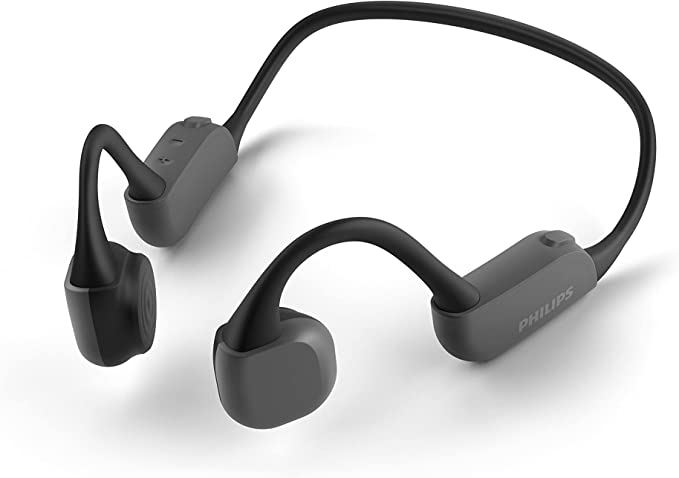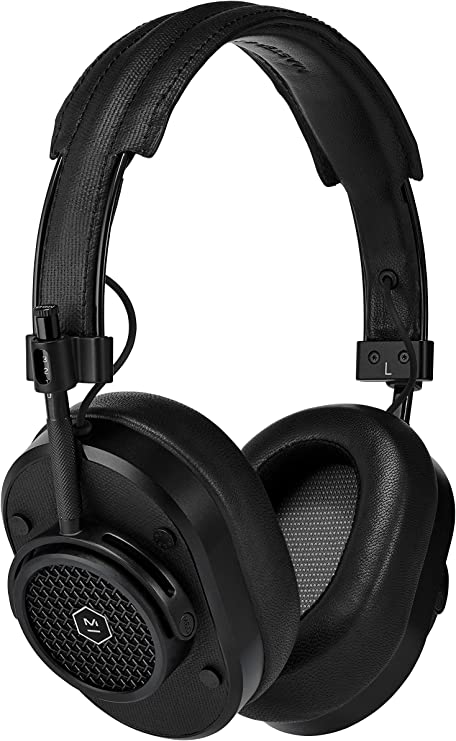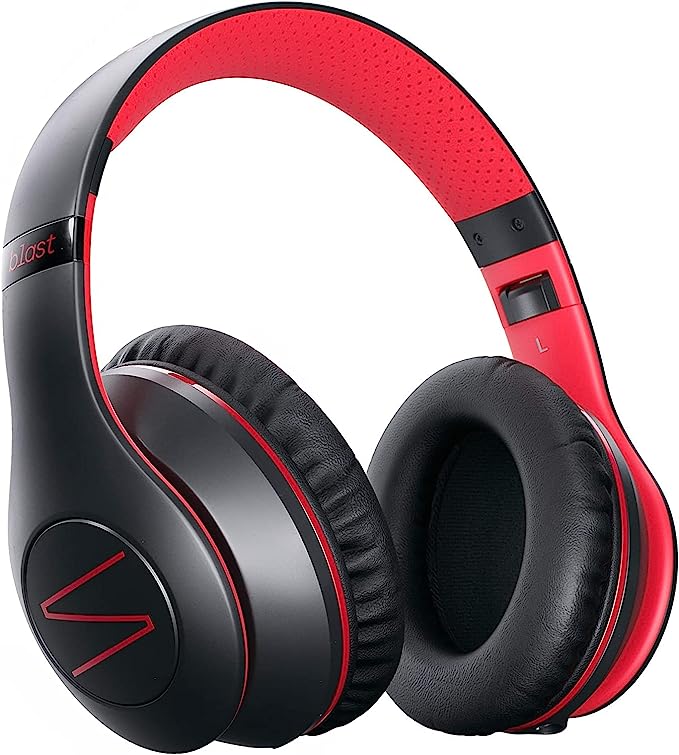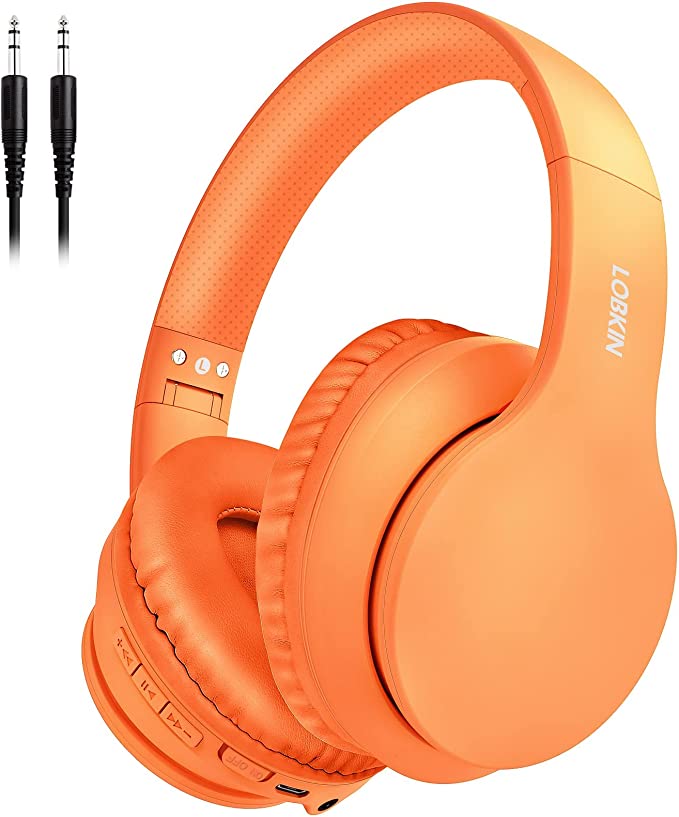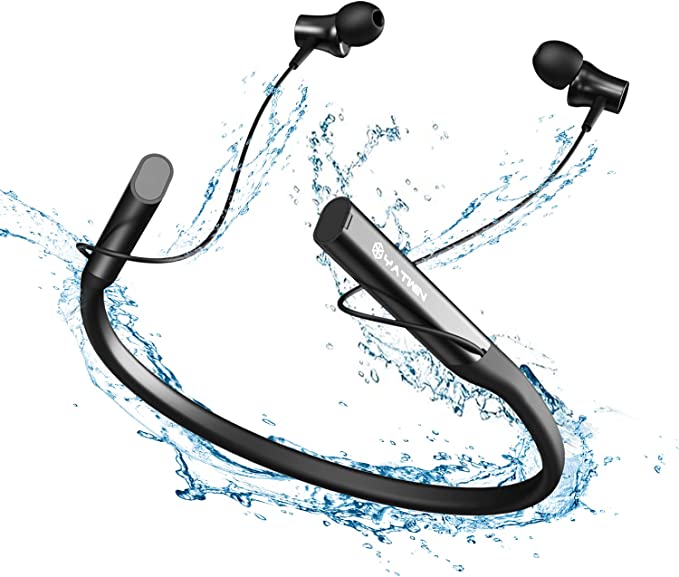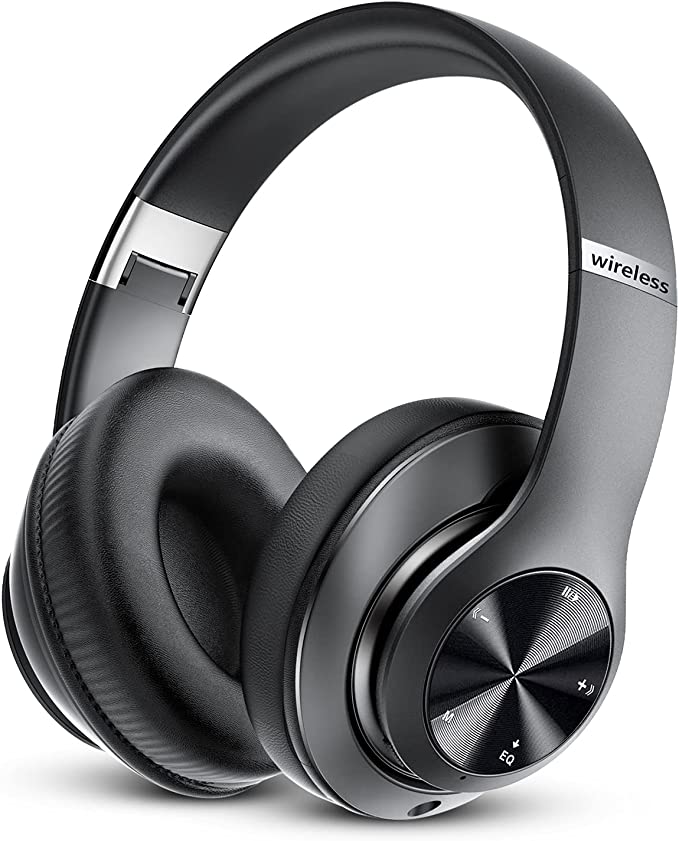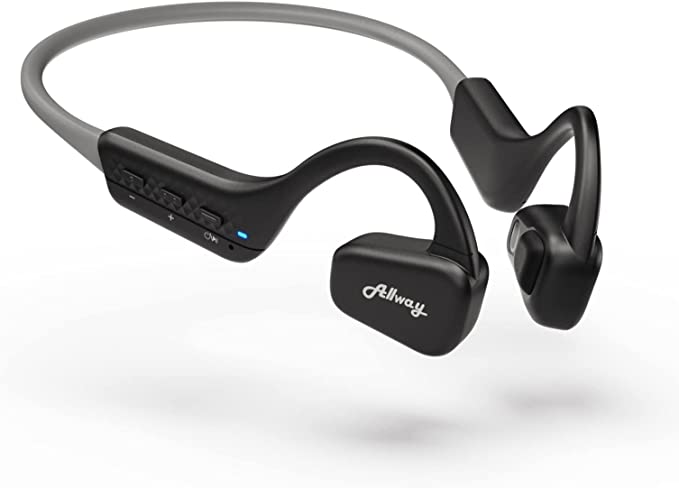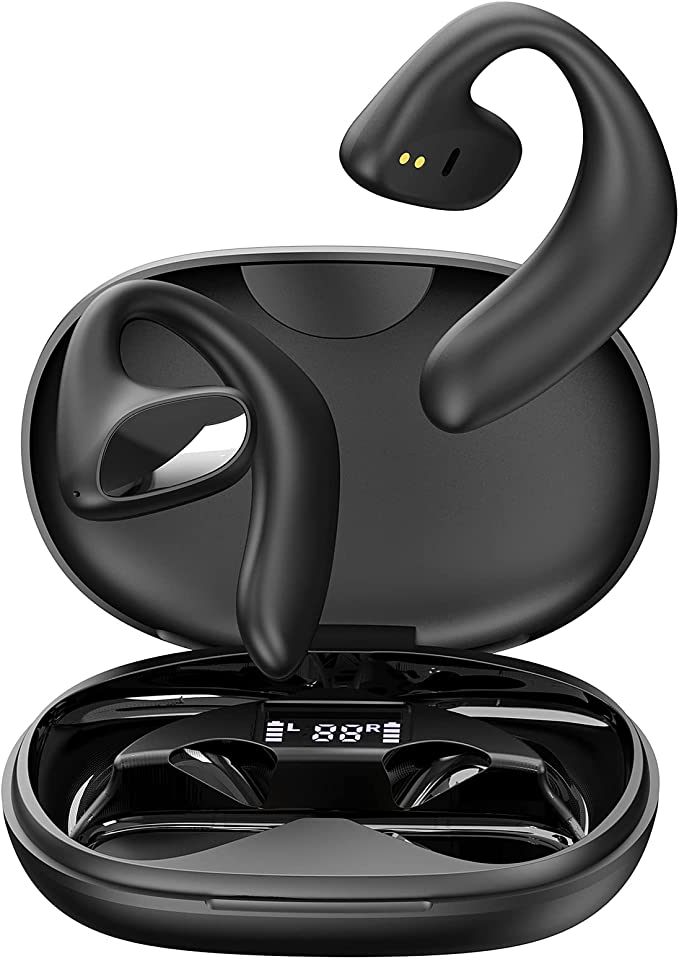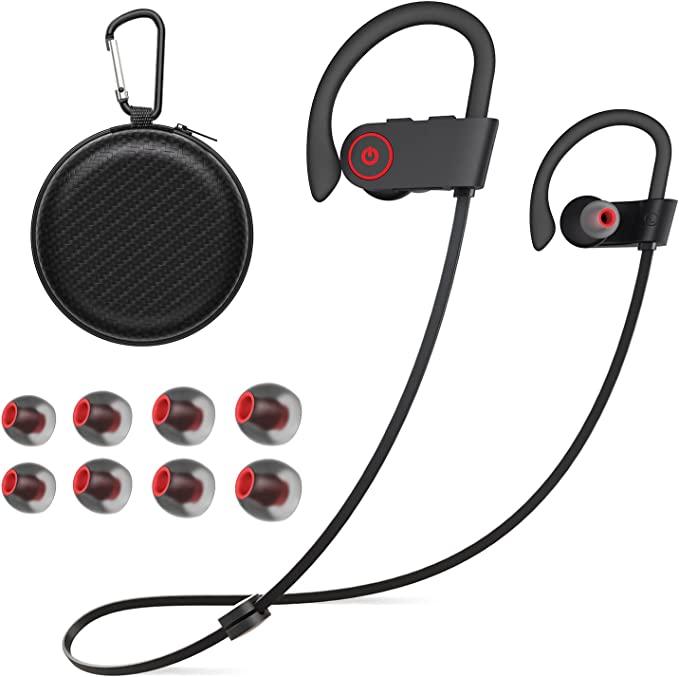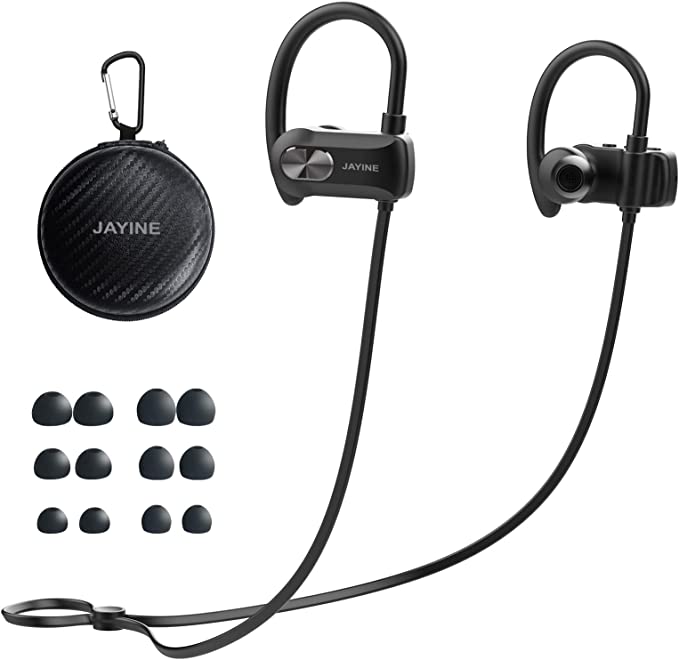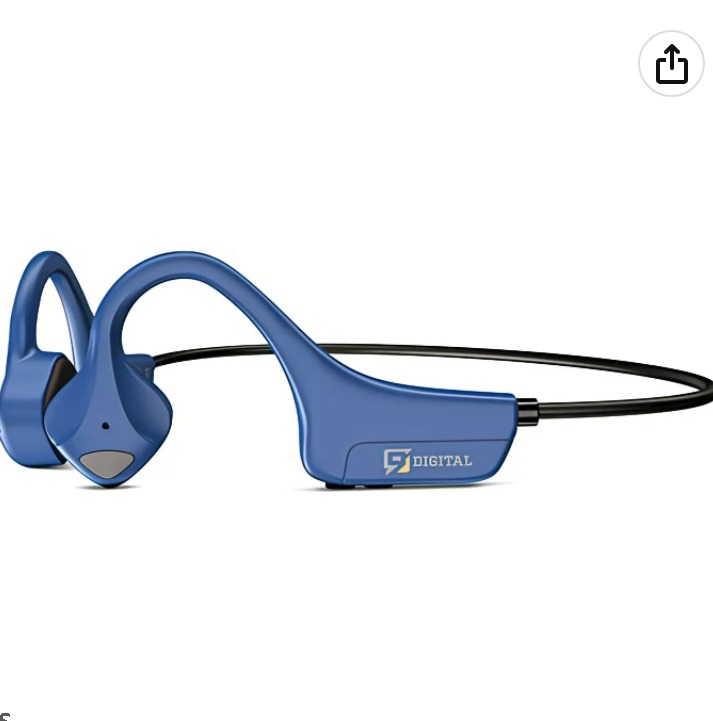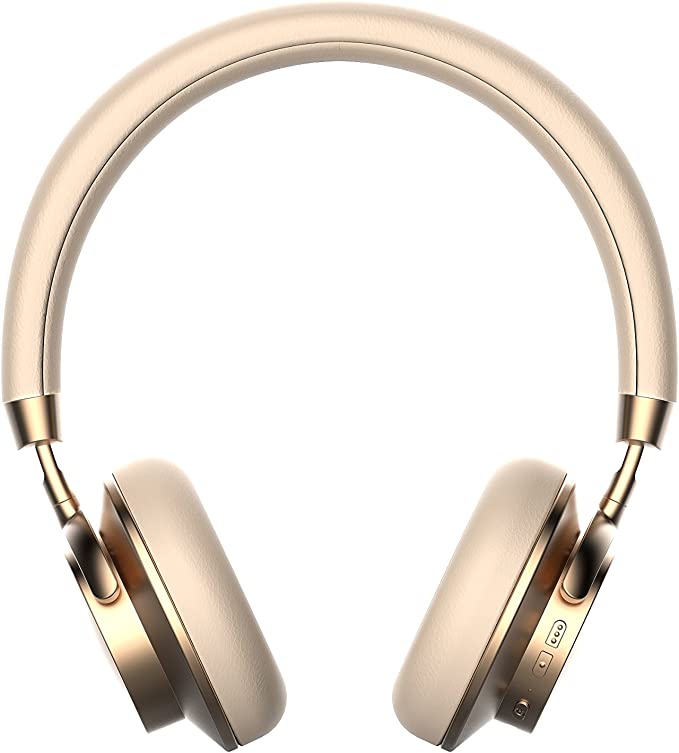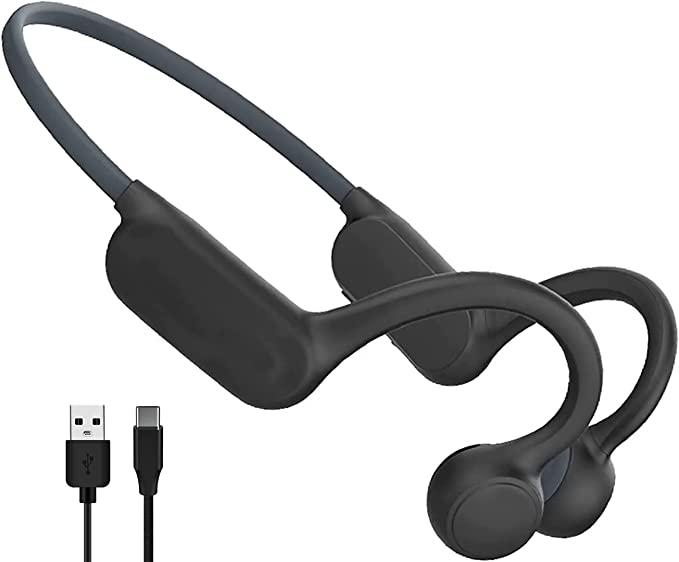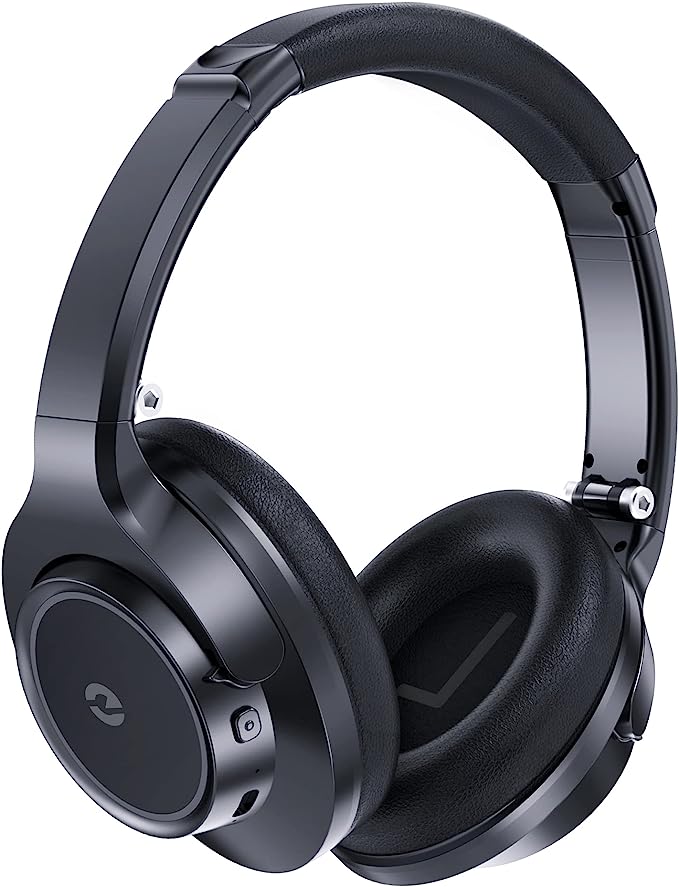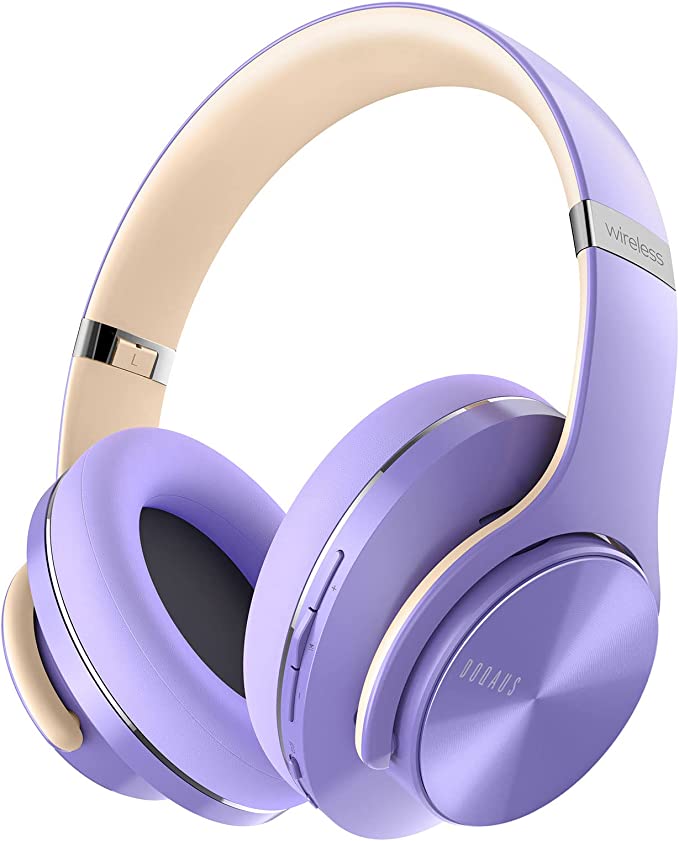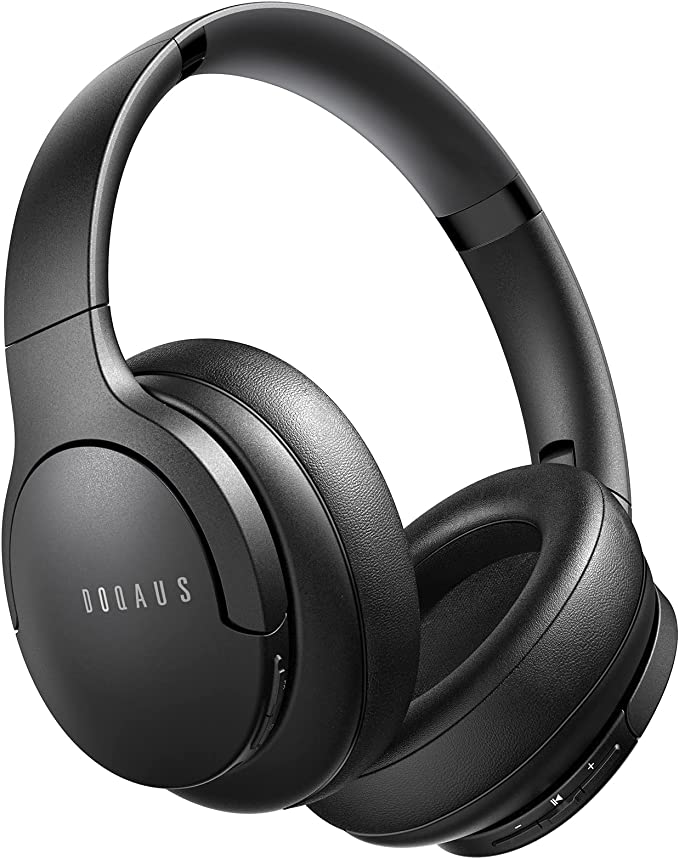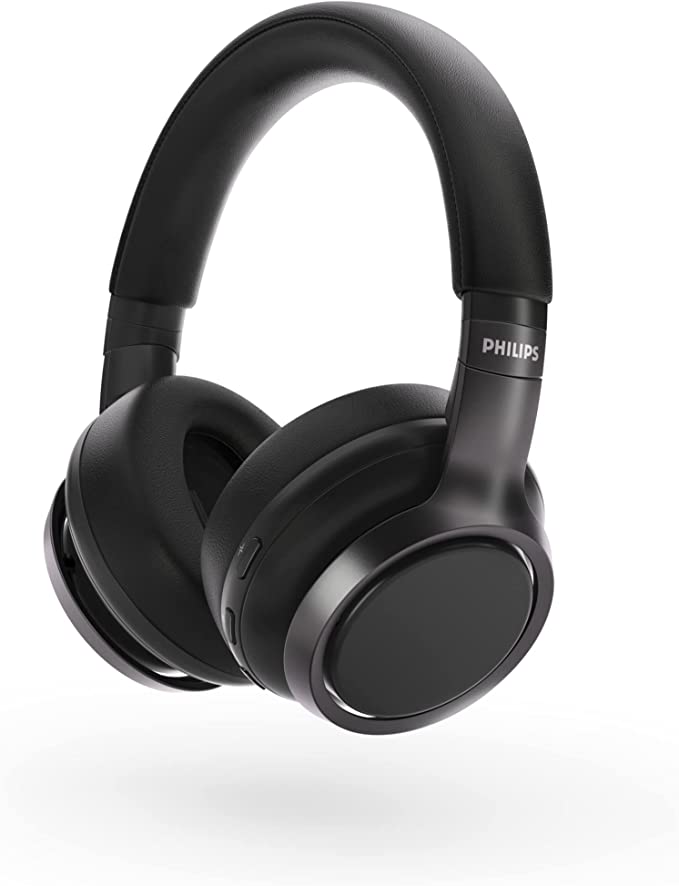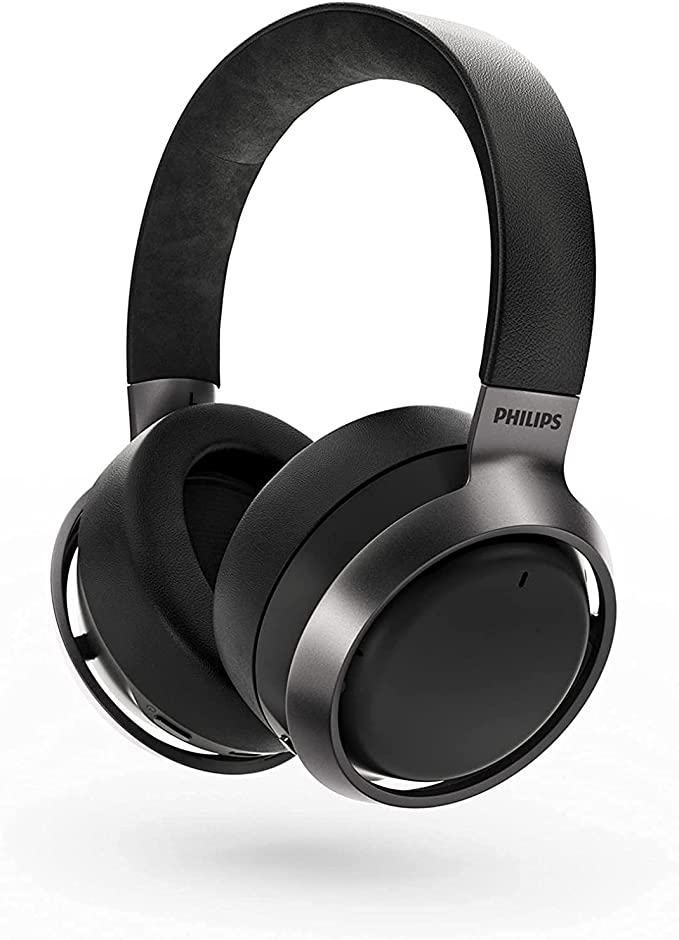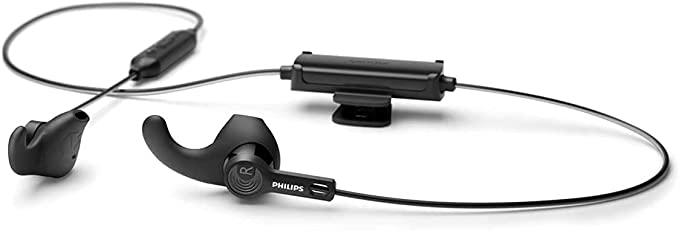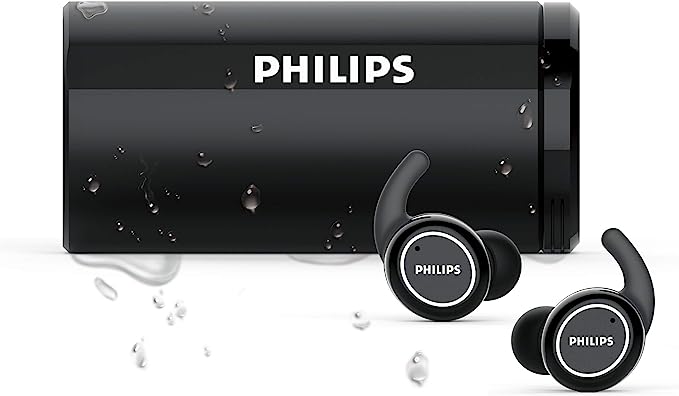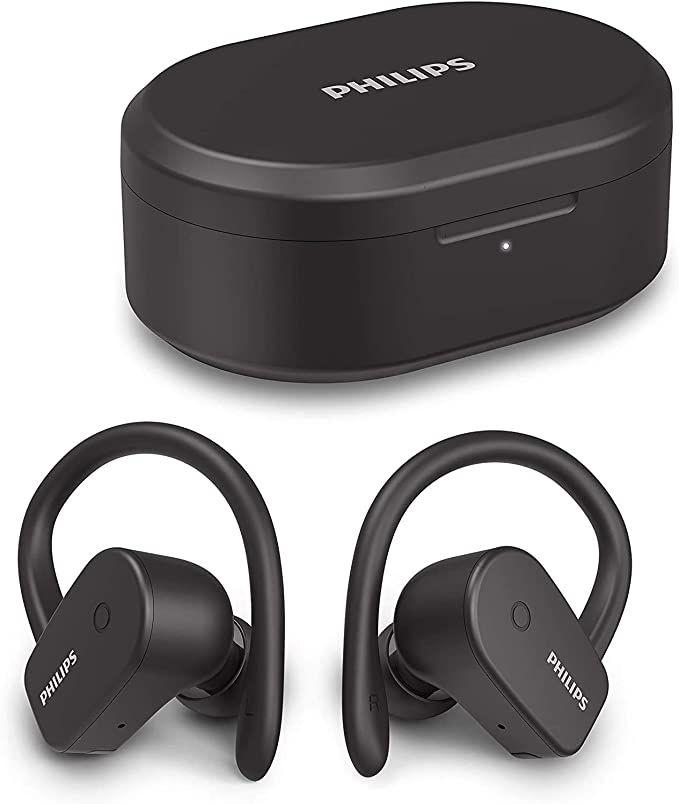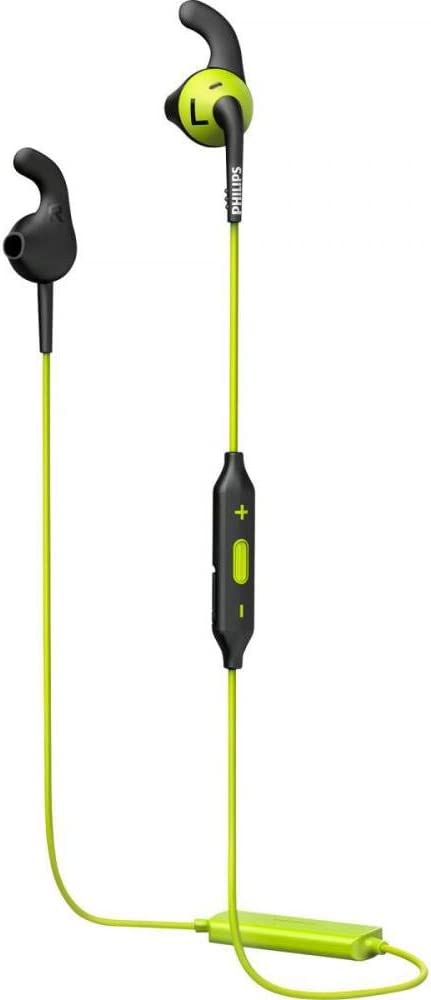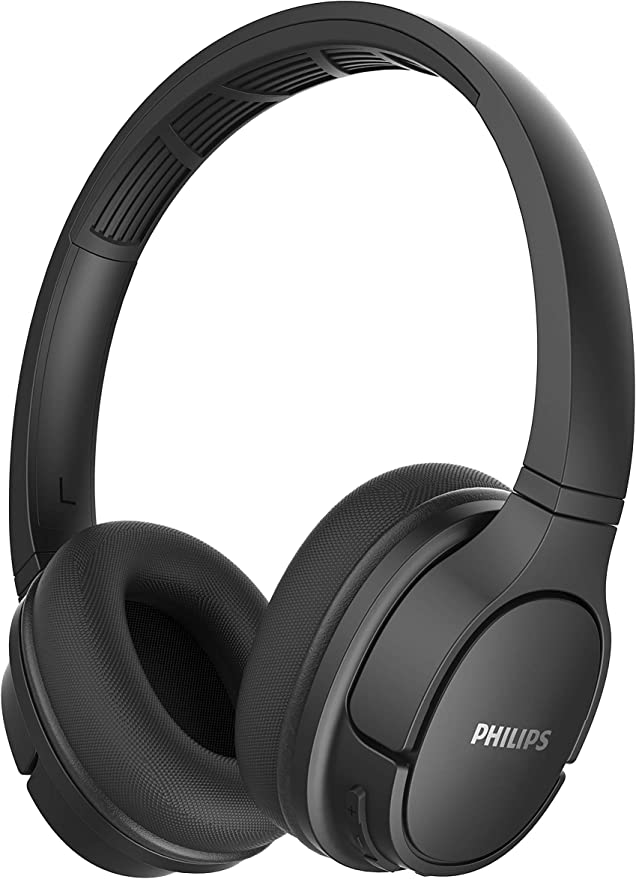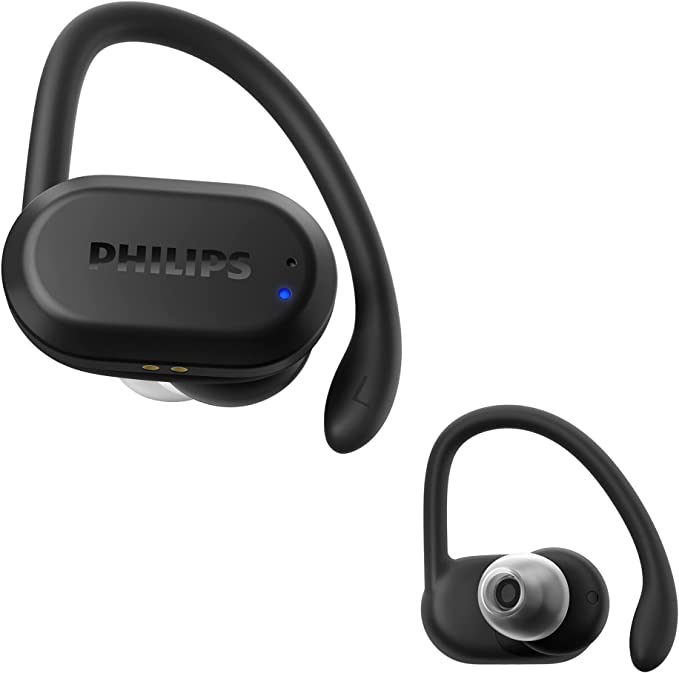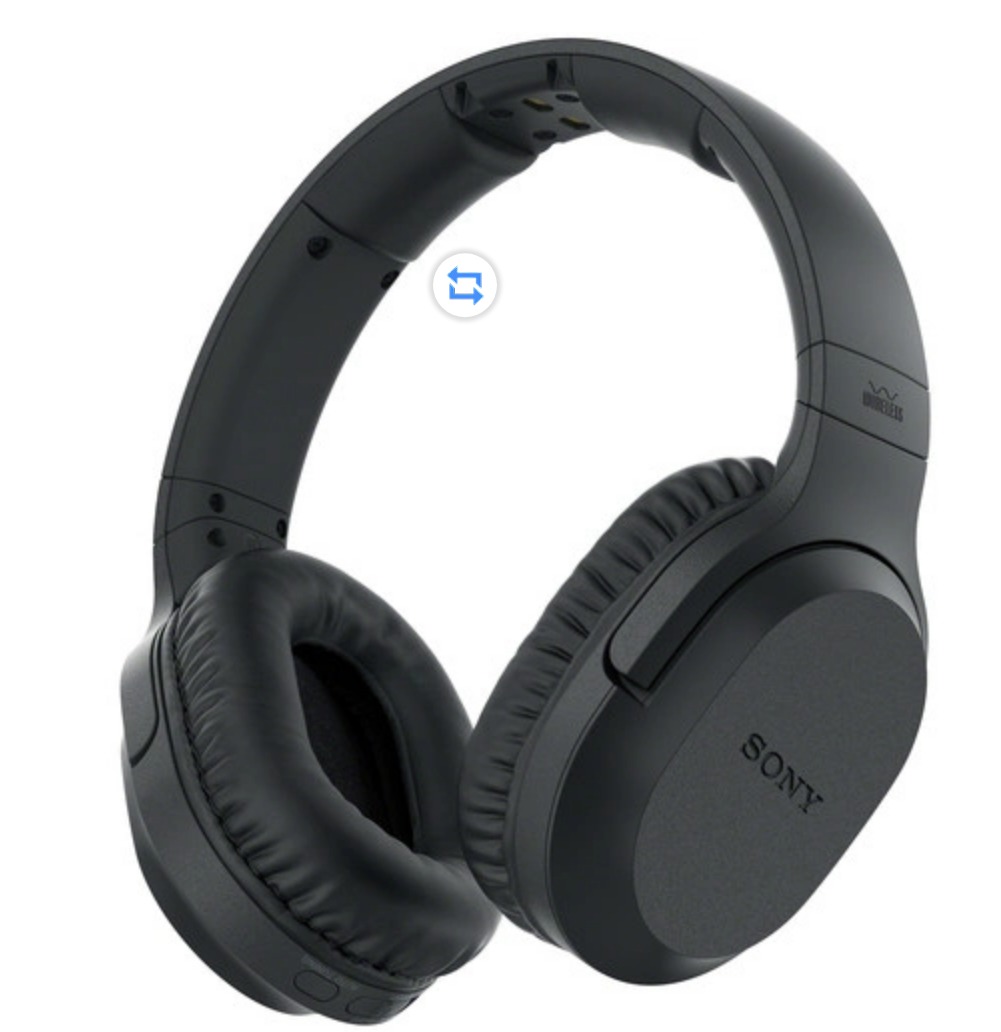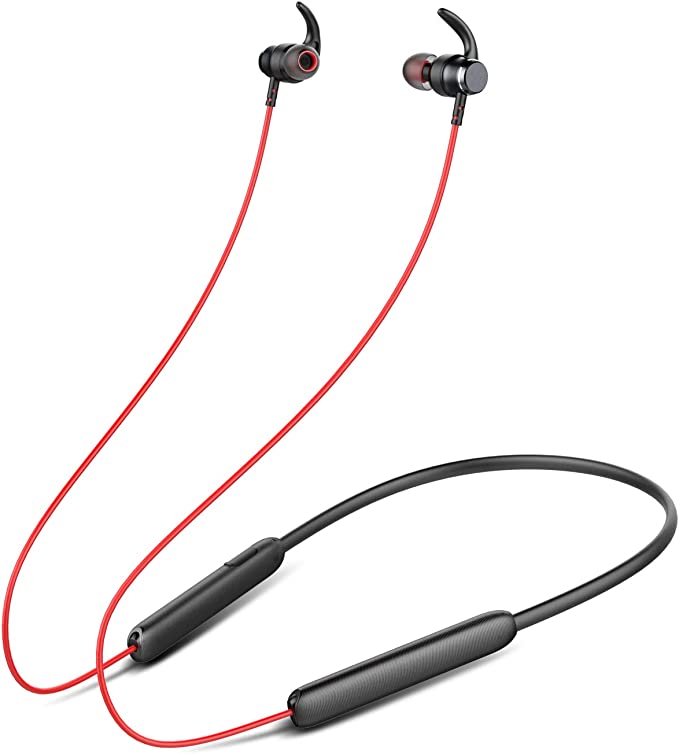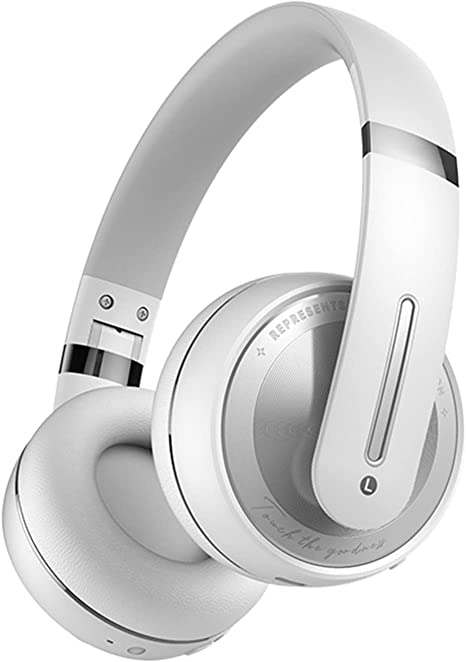PHILIPS A4216 Wireless Headphones: Stay Cool and Powered Up During Your Toughest Workouts
Update on March 20, 2025, 9:29 a.m.
The rhythmic pounding of your feet on the pavement, the energizing beat of your favorite playlist, the focused intensity of pushing your limits… and the constant frustration of earbuds that slip, slide, or simply can’t handle the sweat. Finding the right headphones for an active lifestyle can be a surprisingly complex challenge. We demand comfort, durability, sound quality, and a secure fit – all while battling the elements and the rigors of our workouts. The PHILIPS A4216 Sport Headphones aim to solve this multi-faceted problem, and they do so by incorporating some clever science and engineering. Let’s explore the technology that makes these headphones tick.

A Brief History of Sweat and Sound
The quest for the perfect workout soundtrack is almost as old as exercise itself. Early attempts involved bulky, wired headphones that were anything but ideal for movement. The introduction of portable music players like the Walkman in the 1980s was a game-changer, but the accompanying headphones were still primarily designed for stationary listening. The rise of jogging and aerobics in the same era created a demand for something better. The first “sports” headphones were often lighter and more secure, but they sacrificed sound quality and were often prone to damage from sweat and moisture. The evolution continued with the advent of in-ear designs, offering improved portability, but often struggling with fit and comfort during intense activity. The challenge, then, has been to combine the best aspects of all these designs: portability, comfort, durability, and, of course, excellent sound.
The Science of Sound: A Primer
Before we delve into the specifics of the A4216, let’s take a moment to understand the fundamentals of sound. Sound is, essentially, vibration. When an object vibrates, it creates pressure waves that travel through the air (or other mediums). These waves reach our ears, where they’re converted into electrical signals that our brain interprets as sound.
The frequency of a sound wave determines its pitch. Frequency is measured in Hertz (Hz), representing the number of vibrations per second. Humans can typically hear frequencies between 20 Hz (very low bass) and 20,000 Hz (very high treble). The amplitude of a sound wave determines its loudness. The larger the amplitude, the louder the sound.
Decoding Headphone Tech: Drivers, Impedance, and More
Headphones are essentially miniature loudspeakers, and they rely on several key components to convert electrical signals into sound waves. Here are some terms you’ll often encounter:
- Driver: This is the heart of the headphone, the component that actually produces sound. It’s essentially a tiny speaker, consisting of a diaphragm (a thin membrane), a voice coil (a coil of wire), and a magnet. When an electrical signal passes through the voice coil, it creates a magnetic field that interacts with the magnet, causing the diaphragm to vibrate and produce sound waves.
- Impedance: Measured in ohms (Ω), impedance is a measure of how much a headphone resists the flow of electrical current. Lower impedance headphones generally require less power to achieve a given volume, making them suitable for use with portable devices like smartphones. Higher impedance headphones often require a dedicated headphone amplifier.
- Sensitivity: This describes how efficiently a headphone converts electrical power into sound.
The PHILIPS A4216: Built for Performance
The PHILIPS A4216 is designed to address the specific challenges of sports and active use, incorporating features that go beyond typical headphones. Let’s examine these features in detail.
Staying Cool Under Pressure: The Science of Cooling Gel
One of the most common complaints about over-ear headphones during exercise is heat buildup. Traditional earcups can trap heat and sweat, leading to discomfort and even skin irritation. The A4216 tackles this problem with a unique solution: cooling gel-filled earcups.
But how does this actually work? The gel used in these earcups is a type of hydrogel, a material that can absorb and retain a significant amount of water. This water content is key to the cooling effect. As you exercise and your body temperature rises, the heat is transferred to the earcups. The hydrogel absorbs this heat, and the water within the gel begins to evaporate. This evaporation process requires energy, and that energy is drawn from the surrounding area (your ears and the earcup itself), creating a cooling sensation. It’s the same principle that makes sweating cool you down – the evaporation of water carries away heat. Furthermore, the earcup cushions are covered in a breathable, washable fabric, promoting airflow and further enhancing comfort. The ability to remove and wash these covers is crucial for hygiene, preventing the buildup of bacteria and odor.

Defying the Elements: IP55 Explained
The “IP” in IP55 stands for “Ingress Protection,” an international standard that classifies the degree of protection provided by enclosures for electrical equipment. The two digits following “IP” indicate the level of protection against solids (first digit) and liquids (second digit).
Let’s break down the IP55 rating of the A4216:
- First Digit (5 - Dust Protection): A rating of 5 means the headphones are “dust-protected.” This doesn’t mean they’re completely dust-tight, but the amount of dust that can enter won’t interfere with the satisfactory operation of the equipment. This is important for outdoor use, protecting the internal components from dirt and debris.
- Second Digit (5 - Water Protection): A rating of 5 for water protection means the headphones can withstand water jets projected by a nozzle (6.3 mm) from any direction. This is significant for sports use, as it means the headphones are protected against sweat, rain, and even accidental splashes. You can confidently wear them during intense workouts or in light rain without worrying about damage. However, it’s important to note that IP55 does not mean the headphones are waterproof for submersion.

Power that Lasts: Battery Technology and Bluetooth 5.0
A dead battery can quickly kill your workout motivation. The A4216 boasts an impressive 35-hour battery life on a single charge. This extended playtime is achieved through a combination of factors:
- High-Capacity Lithium-Ion Battery: The headphones use a lithium-ion battery, the same type found in most smartphones and laptops. Lithium-ion batteries offer a high energy density, meaning they can store a lot of power in a relatively small and lightweight package.
- Efficient Power Management: The A4216 is designed to minimize power consumption. This includes efficient circuitry and the use of Bluetooth 5.0.
- Fast Charging: The text provided states a 15-minute charge provide 2-hour playtime.
- Wired Use Option: You can plug in the headphones if the battery is running low.
- Bluetooth 5.0: This is the latest version of the Bluetooth wireless communication standard. Compared to earlier versions, Bluetooth 5.0 offers several advantages, including:
- Lower Energy Consumption: This is crucial for extending battery life.
- Faster Data Transfer: While not directly related to battery life, faster data transfer can improve the overall user experience.
- Longer Range: Bluetooth 5.0 offers a greater range, although this is less critical for headphones that are typically used in close proximity to the connected device.
Sound Quality on the Move: Neodymium Drivers and Closed-Back Design
The A4216 utilizes 40mm neodymium drivers. Neodymium is a rare-earth element that forms incredibly strong magnets. These magnets are significantly stronger than traditional ferrite magnets, allowing for smaller and lighter drivers that can still produce powerful sound. The larger 40mm size of the drivers also contributes to a richer, fuller sound with a more impactful bass response – important for providing that motivational boost during a workout.
The headphones also feature a closed-back design. This means that the earcups are sealed, preventing sound from leaking out and blocking external noise from entering. This creates a more immersive listening experience, allowing you to focus on your music without distractions. While closed-back designs can sometimes result in a less “open” soundstage compared to open-back headphones, they are generally preferred for sports use due to their superior noise isolation.
Choosing Your Workout Companion: Headphone Types Compared
As we discussed earlier, there are other types of headphones besides the over-ear design of the A4216. Let’s briefly compare them:
- In-Ear (Earbuds): These offer excellent portability and are often more affordable. However, they can become uncomfortable during extended workouts due to pressure in the ear canal, and finding a secure fit can be challenging for some users.
- Bone Conduction: These headphones transmit sound through vibrations in the cheekbones, leaving the ears open. This allows you to hear your surroundings, which is important for safety in some situations (e.g., running outdoors near traffic). However, bone conduction headphones typically have a weaker bass response and overall lower sound quality compared to traditional headphones.
The A4216, with its over-ear, closed-back design and cooling earcups, strikes a balance between sound quality, comfort, and durability, making it a strong contender for many types of exercise.
Beyond the Workout: Caring for Your Headphones
To keep your A4216 headphones in top condition, regular cleaning is essential, especially after sweaty workouts. The washable earcups make this easy. Simply detach them and wash them with mild soap and water. Allow them to dry completely before reattaching them. The rest of the headphones can be wiped down with a damp cloth.

Conclusion: The Sound of Science, the Comfort of Innovation
The PHILIPS A4216 Sport Headphones represent a thoughtful blend of scientific principles and engineering design. From the cooling gel that combats heat buildup to the powerful neodymium drivers that deliver motivating sound, every aspect of these headphones is geared towards enhancing the workout experience. They demonstrate that the pursuit of the perfect workout soundtrack is not just about music; it’s about understanding the science of sound, comfort, and durability.
